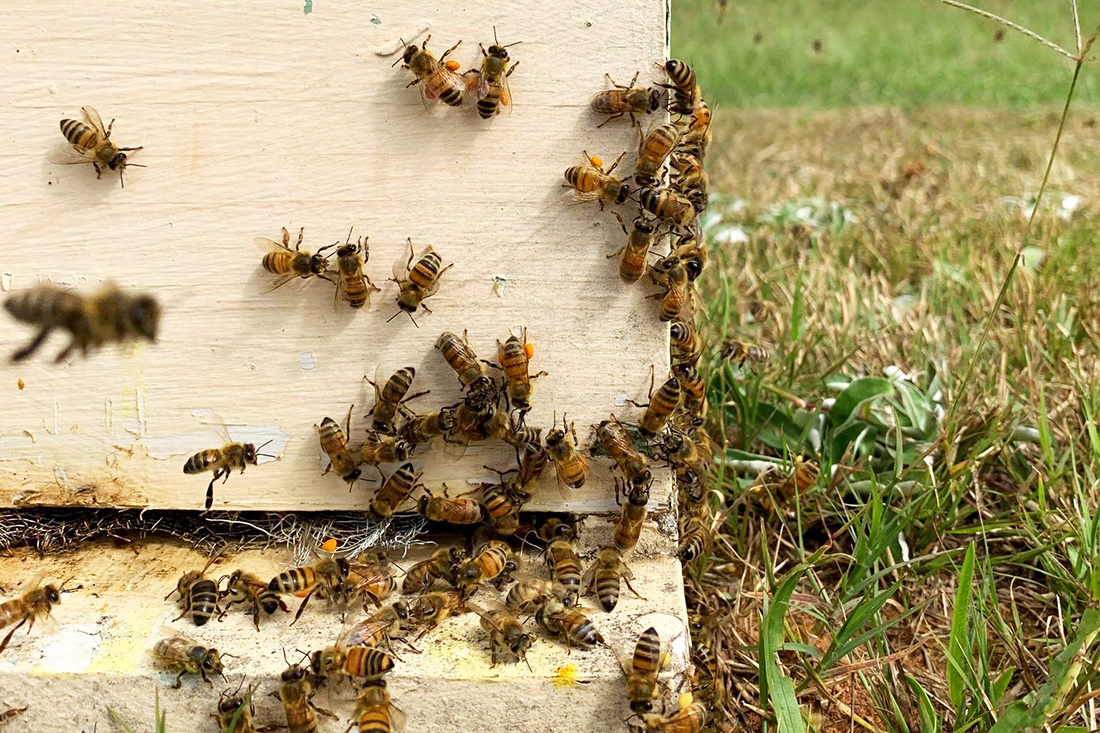If you're a Deep South native, chances are good you have muscadine memories yourself. Generations of Georgians have considered these special grapes one of the best things about the coming of fall.
The distinctive flavor of muscadines seems to hint of the years they've had to mellow. People were enjoying them in the South long before the first European settlers arrived.
Nowadays, people can take their backyard muscadines inside and eat them in cool, modern comfort. And the grapes are more often grown on more efficient trellises.
Many More Choices Now
We have many more choices now, too. My granddaddy had the scuppernongs and a trellis of black muscadines. He called the black ones bullaces. I grew up thinking the black ones were bullaces and the bronze ones scuppanons. (We left off the "g" and never really pronounced the "er.")
In the 50 years since then, plant breeders have given muscadine lovers a rainbow of choices in shades of red, bronze, purple and black.
All have attributes better than the original, two-centuries-old scuppernong, the first cultivated variety of the native wild grapes. Some of the new muscadine grapes are seedless. Some have more edible skins. Nearly all are sweeter and bigger.
"Muscadines today are bigger than a quarter and sinfully sweet," said Gerard Krewer, an Extension Service horticulturist with the University of Georgia College of Agricultural and Environmental Sciences.
Sweet So Many Ways
Among the dozens of varieties, some are fresh-fruit favorites. Others are noted for their sweet dessert wines. Many others are wonderful in cider, jellies, preserves and syrups.
Georgia has 1,000 acres of commercial muscadine vineyards, most for fresh-market grapes. Krewer figures at least twice that many grow in the state's backyards.
The grapes usually begin ripening in early August in extreme south Georgia. The harvest then moves northward and extends into mid-fall, Krewer said. The sweet, mellow grapes grow everywhere in the state except in the high mountains.
Good For You, Too
My granddaddy lived to 90 years old in a time when the life expectancy was around 65. Eating all those muscadines may have helped him live so long.
"Research is showing that muscadines are one of nature's most healthful foods," Krewer said.
Studies at Mississippi State University, he said, found that muscadines are richer in fiber, zinc, manganese, iron and calcium than most other fruits.
Later research found that they are one of the world's richest sources of ellagic acid, which is thought to help prevent cancer, and of resveratrol, which a University of North Carolina medical researcher found to be a potent anticancer compound.
Muscadines in Spotlight
Muscadines will be in the spotlight when the Georgia Experiment Station in Griffin, Ga., hosts the 2001 Georgia/South Carolina Muscadine Meeting and Field Day Sept. 28.
The event starts at 9 a.m. and includes lunch and a taste panel of muscadine cultivars. It ends with a 2 p.m. tour of the Experiment Station's vineyards. Granddaddy would have loved it.
The fee is $25 until Sept. 21 and $30 after that. Couples may attend for $40 (if preregistered by Sept. 21). To sign up, get a registration form at the nearest county extension office. Or call (770) 229-3477.






